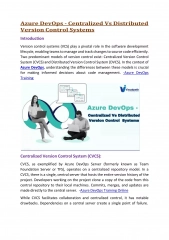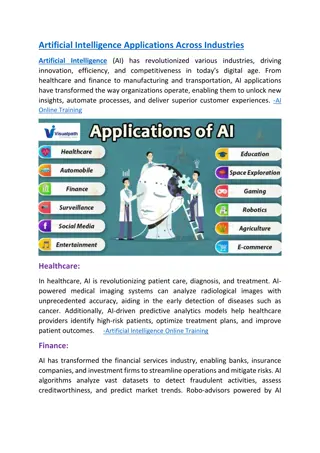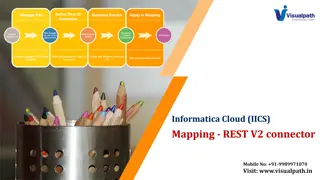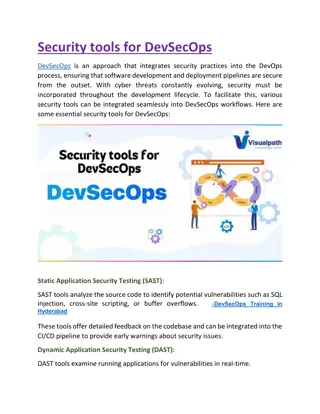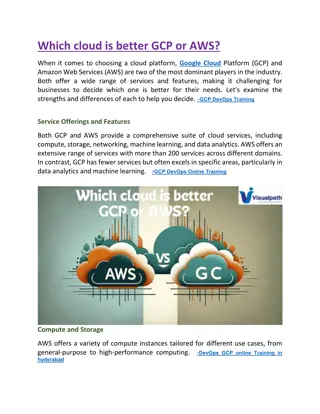
Enhancing Employee Development and Productivity in Enterprise Systems
Explore the importance of employee development for enhancing productivity in enterprise systems. Learn about training, skills enhancement, and strategies to boost employee growth. Discover how investing in human capital through training programs can benefit organizations in both short and long term.
Download Presentation

Please find below an Image/Link to download the presentation.
The content on the website is provided AS IS for your information and personal use only. It may not be sold, licensed, or shared on other websites without obtaining consent from the author. If you encounter any issues during the download, it is possible that the publisher has removed the file from their server.
You are allowed to download the files provided on this website for personal or commercial use, subject to the condition that they are used lawfully. All files are the property of their respective owners.
The content on the website is provided AS IS for your information and personal use only. It may not be sold, licensed, or shared on other websites without obtaining consent from the author.
E N D
Presentation Transcript
ENTERPRISE SYSTEMS Hadeel elgerbi
Objectives Define employee development and productivity. Understand the relationship between employee growth and productivity. Explore strategies to enhance both development and productivity.
Understanding Employee Development Definition: Employee development involves training, skill enhancement, and personal growth opportunities provided by the organization. Benefits: Boosts job satisfaction and morale. Improves employee skills, adaptability, and loyalty. Prepares employees for higher roles and responsibilities.
training Training has become the buzz word in the dynamic competitive market environment. Human capital differentiates a great organization from a good one. Organizations investing in effective training and development for human resource tend to achieve both short and long term benefits.
training in order for organizations to achieve optimum returns from their investment, there is imperative need to effectively manage training and development programs. the most vital asset of every organization under stiff and dynamic competition is its human capital. Training and development is an instrument that aid human capital in exploring their dexterity. Therefore training and development is vital to the productivity of organization s workforce.
Employee Training Training is the organized way in which organizations provide development and enhance quality of new and existing employees. Training is viewed as a systematic approach of learning and development that improve individual, group and organization. According to Manju & Suresh (2011), training serves as an acts of intervention to improve organization s goods and services quality. the competition by improvements in technical skills of employees.
Employee Development Development refers to activities leading to the acquisition of new knowledge or skills for purposes of growing. Organizations provide employees with development programs in order to enhance their capabilities. organizations need to invest in continuous employee development in order to maintain employees as well as the organization success (Khawaja & Nadeem 2013)
Employee Productivity Productivity as defined in Oxford dictionary (2007) is the efficiency with which things are being produced. Employee productivity however is the measure of output per unit of input economically. It is the log of net sales over total employees. (Rohan & Madhumita 2012). employee productivity of an economy as whole or industry could be determined.
Importance of Employee Productivity Definition: Employee productivity is the efficiency with which employees complete tasks and achieve goals. Factors Influencing Productivity: Skill level and knowledge. Motivation and engagement. Organizational culture and support.
Link Between Development and Productivity Skill Enhancement: When employees develop new skills, they often become more effective and efficient. Employee Engagement: Development opportunities lead to higher engagement, which is closely linked to productivity. Reduced Turnover: Development can reduce turnover by showing employees they are valued, reducing disruption and maintaining productivity.
Employee Training And Employee Productivity Training has been invaluable in increasing productivity of organizations. It does not only enhance employees resourcefully, but also provides them with an opportunity to virtually learn their jobs and perform more competently. increasing not only employees productivity but also organizations productivity. Training as a process is one of the most pervasive methods to enhance the productivity of individuals and communicating organizational goals
Employee Development and Employee Productivity Development programs worth investing so much into, as most successful organizations consider the progress of workforce and therefore invest in their training. Development seems to reduce the turnover rate of employees (Deckop et al. 2006). advancement opportunities do not only reduce absenteeism, but it increases employee s commitment and satisfaction that helps reduce turnover (Atif et al. 2010).
Strategies to Boost Development and Productivity Training Programs: Regular workshops, seminars, and online courses. Mentorship and Coaching: Pair employees with mentors to help them grow. Goal Setting and Feedback: Set clear goals and provide regular feedback. Work-Life Balance: Promote work-life balance to avoid burnout and maintain productivity. Recognition and Rewards: Recognize achievements and offer incentives to keep employees motivated.





